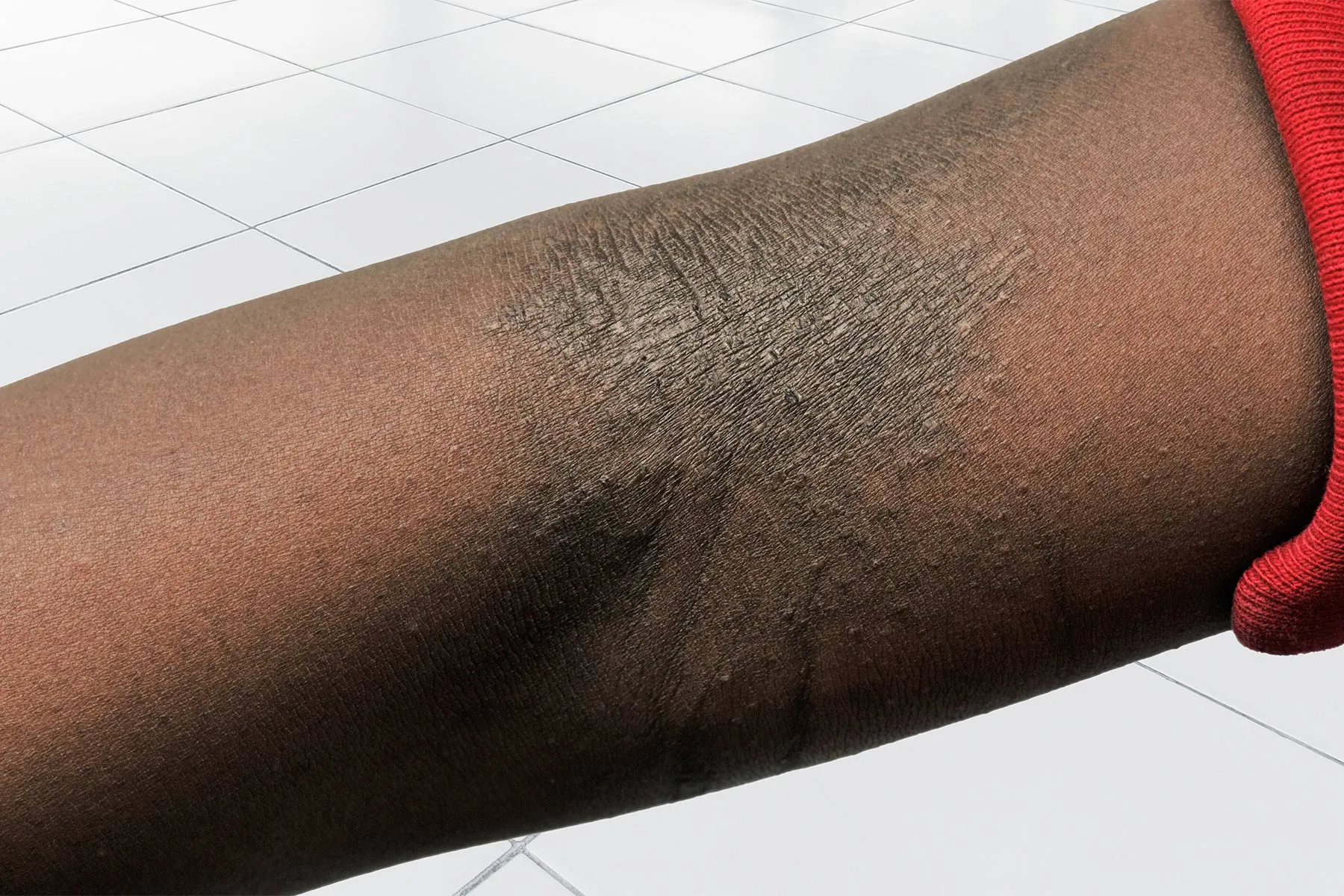Report Links Unemployment with Rise in Gun Crime During Pandemic
A surge in unemployment during the first five months of the pandemic coincided with an increase in firearm violence and homicides in 16 American cities, according to a study by the Violence Prevention Research Program at the University of California Davis.

A surge in unemployment during the first five months of the pandemic coincided with an increase in firearm violence and homicides in 16 American cities, according to a study by the Violence Prevention Research Program (VPRP) at the University of California Davis.
Although the study did not draw a cause-and-effect link between joblessness and gun violence, the findings supported earlier research showing “economic disadvantage and income inequality have long been associated with increased risk of violence,” wrote Julia Schleimer, the lead author of the study and a research data analyst at VPRP.
“Our results indicate that the acute worsening of economic conditions, as we saw at the beginning of the COVID-19 pandemic, may also increase violence risk.”
The study, published in the Journal of Urban Health, noted there was no corresponding increase in other crimes, such as aggravated assault, burglary, larceny-theft, motor vehicle theft or robbery.
In March 2020, the number of Americans who abruptly lost their jobs surged to 17.7 million, according to the Bureau of Labor Statistics. By the next month, unemployment was at 14.7 percent — the highest since data collection began in 1948, according to the report.
For this study, the researchers correlated crime and unemployment data from 16 geographically diverse U.S. cities between January 2018 and July 2020.
The Link Between Economics and Violence
Looking at the numbers, the researchers were able to estimate that there was an average increase in 3.3 firearm violence incidents and two homicides per month when unemployment rates were at their peak during the five-month period. These associations were more significant in cities experiencing high violence as a baseline, such as Chicago.
In contrast, furthering the association data, the lowest levels of unemployment sustained across the exposure period were associated with 8.4 fewer firearm violence incidents and 4.5 fewer homicides per-city per-month — highlighting that when there’s stability and possibly financial security, there’s less crime.
Researchers have studied the connection between poor economic conditions and violence for decades, finding that poverty structures in early childhood environments are related to an increased risk for violence. This then translates into poor quality education, youth conduct problems, and broader neighborhood social disorganization.
“Individuals who lack access to formal and sustained employment might engage in crime to meet financial needs,” the researchers detail.
“Economically motivated crimes may, in turn, involve violence,” the report outlines. “Economic stressors and income inequality could also increase violence via psychosocial pathways, including negative emotions and diminished social control.”
These results from the VPRP study can have crime-prevention implications, the authors explain.
“Our findings may help us understand why violence occurs and how to prevent it. Policies that reduce unemployment or provide support to the unemployed might reduce violence and improve public health,” said Schleimer.
“Social factors are important determinants of rates of violence, and interventions on those factors are essential to a comprehensive violence prevention effort,” added Garen Wintemute, an emergency department physician and director of VPRP, in a statement accompanying the study.
The study concluded that policy makers should look to reform avenues that highlight neighborhood social capital and access to resources that prevent violence. Similarly, greater income equality and employment may have broad community benefits at protecting communities against crime because of the creation of prosocial bonds, according to the report.
Future research can benefit from including policies and programs that curb increases in unemployment or provide support to the unemployed, the researchers note, considering that knowledge could inform strategies to reduce violence and improve public health.
Julia Schleimer is the lead author of the study and a research data analyst at VPRP.
Additional authors on the study included Veronica A. Pear, Christopher D. McCort, Aaron B. Shev, Alaina De Biasi, Elizabeth Tomsich, Shani Buggs, Hannah S. Laqueur, and Garen J. Wintemute from the Violence Prevention Research Program.
The full report can be accessed here.
Andrea Cipriano is Associate Editor of The Crime Report

 Landwebs
Landwebs 














/cdn.vox-cdn.com/uploads/chorus_asset/file/24430706/elon_musk_twitter_for_you.png)






